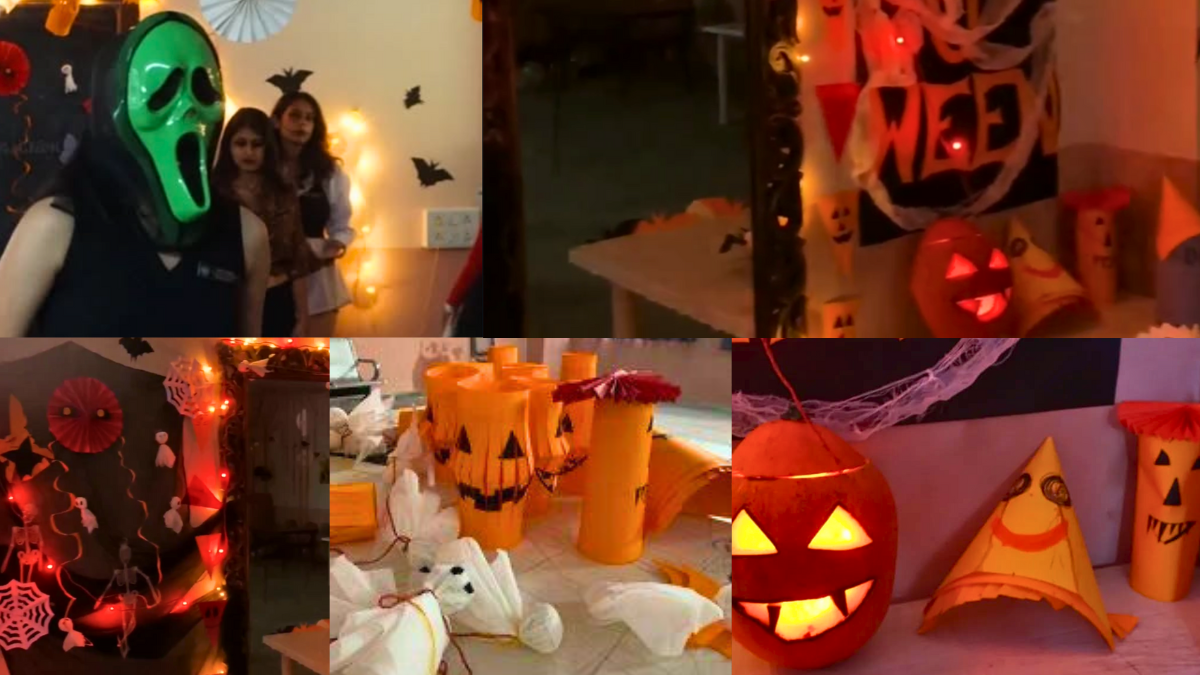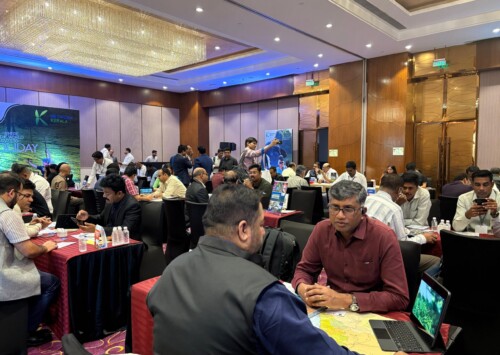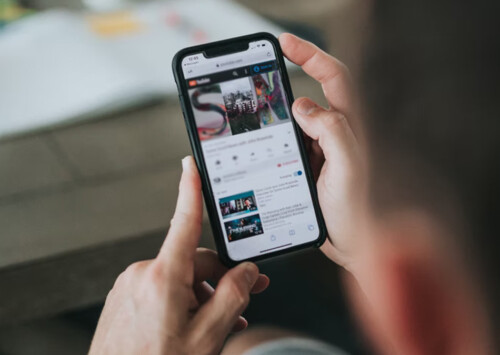Desi Halloween: Indian cities remix ghost folklore into spooky parties
Urban India blends ancient spirits with global Halloween trends

Halloween is not just playacting Western spookiness, it is a revival of homegrown ghost lore (Photo: India & You)
Though essentially an occidental festival, in India Halloween is evolving as urban youth blend global spooky traditions with India’s rich ghost folklore through parties, art, and fashion, creating a unique cultural celebration that connects generations and ignites creativity.

Halloween is not just playacting Western spookiness, it is a revival of homegrown ghost lore (Photo: India & You)
Halloween celebrations in India, once a niche novelty imported through Hollywood and global pop culture, is steadily becoming a cultural remix, a night where Netflix-era youth, ancient ghost tales, and Instagram filters meet under strobe lights.
From Delhi’s record-breaking HorrorCon 2025, the country’s biggest Halloween gathering drawing thousands to NSIC Grounds, to Mumbai’s Haunted House party held in a century-old Bandra bungalow, Indian cities are turning eerie myths into high-energy revelries.
When folklore meets the fog machine
For many, the Indian spin on Halloween is not just playacting Western spookiness, it is a revival of homegrown ghost lore. In recent years, cultural folklore around supernatural entities like the chudail, vetala, pret and daayan has resurfaced in art and online trends.
According to The Book of Indian Ghosts by folklorist Rikdsundar Banerjee, nearly every region has a distinctive spectral presence, Bengal its shakchunni South India its yakshis and bhootas, and the North its prets and vetalas.
Illustrators on social media platforms like Instagram and Behance are reimagining these figures, not as gory relics but stylised icons. Posters depict the chudail in neon saris and smoky eyes, part of a wider trend of “retro horror aesthetics” fusing 1970s Bollywood with Gen Z colour palettes.
Fashion retailers, particularly youth brands, have begun picking up the vibe, Apparel Resources, a business intelligence company, reports a 28 pc surge in demand for themed urbanwear during October, peaking around Halloween weekends.
Parties of the paranormal
Beyond art, the social calendar for late October in metros is now studded with “haunted” events, most with a distinctly Indian edge. Delhi’s HorrorCon 2025 features a “desi version” of Squid Games, a first-ever Halloween parade, and Bollywood horror cosplay with prizes for the best daayan look. Hyderabad’s Resurrection: The Rebirth Night spins tribal and Brazilian funk beats in clubs styled as eerie temples, while Goa’s beach venues blend EDM with Sanskrit chants.
At smaller local venues, café pop-ups host tarot readings and re-enactments of folklore stories. On social media, hashtags like #DesiHalloween, #BhootTok, and #ChudailChic trend with reels showcasing saree-clad spectres dancing under smoke machines.
“Honestly, it is wild how Halloween has evolved in Indian cities. It is no longer just about copying the West, it has become a mash-up of Bollywood horror nostalgia and Instagram party culture. We still have the Western vibes, costumes, lights, the whole spooky aesthetic, but there is also this desi twist coming in. People dress as daayans or vetalas, but with glam makeup or streetwear. Even the decorations, sometimes it is pumpkins next to diyas, or DJ nights with background chants from old horror movies,” Manvi Mehra, a student at Jaipuria Institute Management in Noida, tells India & You.
“Now, through art, fashion, and parties, we are reclaiming those stories, just reimagined for today’s world. It is like our grandparents told these stories by the fire, and we are retelling them under club lights or through digital art. It is not about fear anymore, it is about connection. About saying, ‘Hey, these stories belong to us. Let’s make them cool again,” Mehra adds.
A new cultural bridge
According to urban culture analysts, Halloween’s local adaptation also mirrors India’s broader “festival hybridisation.”
This shift is generational. Surveys by iCubeWire, a marketing agency in Gurugram, suggest that 64 pc of urban Gen Z respondents enjoy festivals that allow “personal creativity,” ranking Halloween alongside Holi and Navratri for expressive potential. For cultural sociologists, this represents a subtle reclaiming of agency, rather than rejecting globalisation, Indian youth remix it with local colour.
“Halloween in Indian cities is a fun mix where the Western spooky party vibe meets our own chudail, vetala, and pret tales, like wearing a white-sari ghost with a flickering candle, blending two ghostly worlds in one night. Today’s youth love rediscovering Indian ghost stories because it connects them to deep-rooted myths while letting them express creativity in art, costumes, and parties, making old legends cool and relatable again. I have seen awesome local costume parties where people dress as desi bhoots or Bollywood villains alongside witches and zombies,” Ridhima Kaur, a 22-year-old entrepreneur based in New Delhi, tells India & You.
“This ‘desi Halloween’ revival is both playful pop culture and preservation, it keeps old myths alive but through a fun, global lens that appeals to youth, turning fearsome folklore into festive art and stories,” Kaur adds.
The post-pandemic youth culture boom, where self-expression, digital creativity, and nostalgia intersect, ensures that the October 31 spirit is here to stay, pumpkins beside diyas and smartphones beside incense sticks.
What began as borrowed celebration has grown into a mirror of India’s cultural metabolism, capable of remixing anything foreign into something unmistakably its own.









